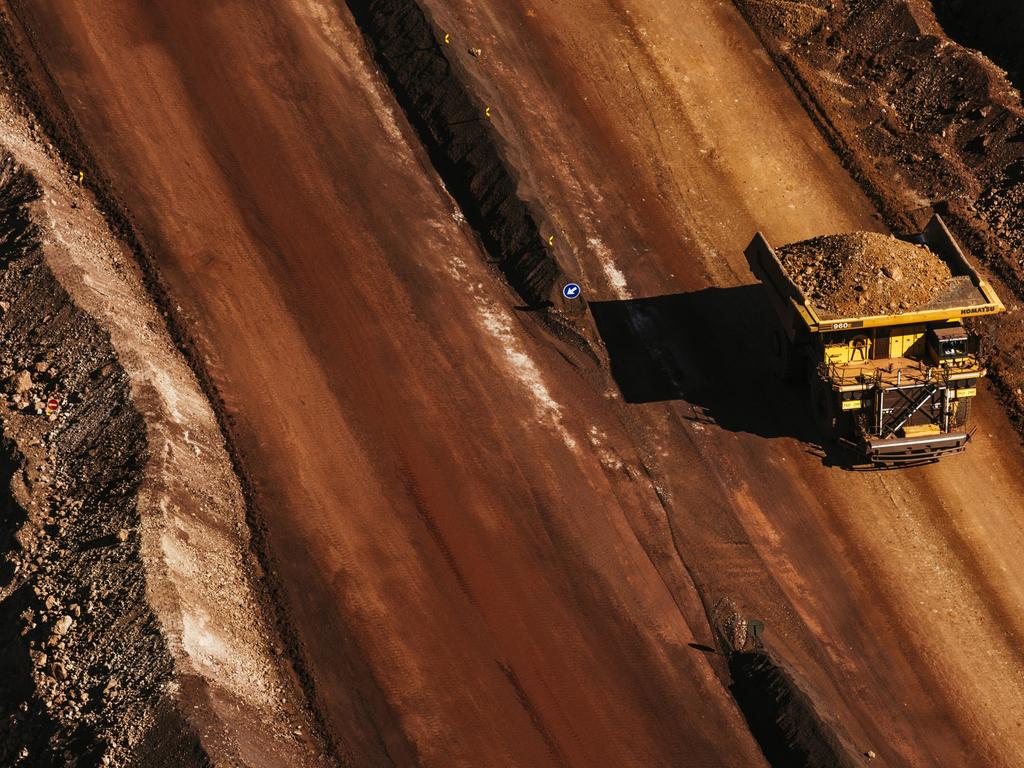A new pathway for investors
As long as a serious second wave of the pandemic is avoided shareholders should have comfort soon.

Certainly, investors need to allow for the heightened uncertainty – and the wide mood swings – that result from the coronavirus crisis. But many investors are seeking thoughts also on specific issues, including: what are the risks sharemarkets will plunge again in coming months; how long might it take for shares to recover the sharp losses of late February and March; which shares (or share funds) have appeal while returns are so diverse; and should investors buy quality shares cheaply during the sell-off.
Investment advice must always be tailored to the particular needs of individual investors. But it can be useful to list the key influences on sharemarket returns in the short run, the medium-term and over the long haul. And, given that investment horizons shrink in a crisis, let’s take those time spans to be, respectively, three months, six months and beyond two years.
The short-term
As fears built up the coronavirus outbreak would cause both a global health crisis and a deep recession (even a depression) in the worldwide economy, average share prices collapsed by a third or more. At time of writing, sharemarkets had rebounded by about eighteen per cent from their low points on or just after March 23.
In much of the past week or two, sharemarket sentiment might have turned a little too positive, on signs the pandemic is being contained. Yet periods of gloom could return in coming months: we may face concerns that the number of cases of coronavirus could rise again; or the release of extremely weak economic data; or worries about cuts to profits and dividends; or unexpected corporate failures or – importantly – long delays in discovering a vaccine.
The biggest worry would be signs of a second wave in the pandemic; the resulting effects on the world economy and sharemarkets would be devastating.
Short of those fears developing, however, sharemarkets might avoid a deep slump in coming months, as investors factor in the potential benefits of the massive changes being made to the settings of fiscal policy around the world and the commitment central banks are making to keep interest rates low. The occasional periods of gloom might well be an opportunity to buy quality shares at attractive prices.
The medium term
In many countries, governments are increasing their spending on an unprecedented scale to limit the destruction of jobs and the problems of corporate failures; as well, central banks have committed to keep interest rates at negligible levels and to do “whatever it takes” to ensure an abundance of liquidity.
For example, each of the governments of US, Japan and Australia has legislated to temporarily increase public spending by more than ten per cent of annual GDP. The US central bank is deploying its tools “forcefully, proactively and aggressively” until the US economy “is soundly on the road to recovery”. And our Reserve Bank’s targets of 0.25 per sent for both the cash rate and the yield on three year government bonds are expected to remain in place for a number of years.
Of course, some of the programs of increased government were framed in haste and may not deliver all the results expected from them. Also, some industries (for example, international travel and tourism) will take a long time to recover. But given the scale of the monetary and fiscal actions, my guess is that – provided the pandemic doesn’t experience a second wave – global GDP will be growing modestly by the final quarter of 2020. And that should bring some comfort to shareholders.
The longer term
However, in the longer term, the massive budget and monetary largesse to contain the damage the pandemic has done to the global economy will leave governments and central banks with different – and difficult – problems, which investors will later on need to understand and to follow.
Governments will owe huge amounts of debt. In both this year and in 2021, the US budget deficit is likely to exceed ten per cent of annual GDP; here, the deficit will be above 7.5 per cent of GDP. Closing those deficits over time will be a huge challenge, particularly given voters’ demands for more spending on health services, climate change and ageing populations, and their dislike of higher taxes.
Moreover, central banks will be financing a large part of the huge deficits their governments are running. Later on – perhaps much later on, assuming high unemployment, the collapse in oil prices and falling rents – the resulting creation of money could lead to inflation.
Moreover, governments and central banks will face “moral hazard” problems that require correcting. Governments will have provided financial support to companies which, in normal times, would have failed; and some central banks will have purchased low-grade corporate debt. Their motive is “to help things out”, but dangerous precedents will have been set.
However, for the present, investors might focus mainly on the short and medium terms, to watch how the key numbers on the pandemic are trending – in particular for any signs the coronavirus is developing a second wave – and to look out for when the big changes in fiscal and monetary start arresting the global economic slowdown. The time to look at the challenges and opportunities in a post-coronavirus world is later on – in 2021 or 2022.
Don Stammer is an adviser to Stanford Brown Financial Advisers. The views expressed are his alone






If investors received a dollar each time they were to see or hear the phrase “investing in these uncertain times”, more millionaires would have been created in recent months than in a roaring bull market.